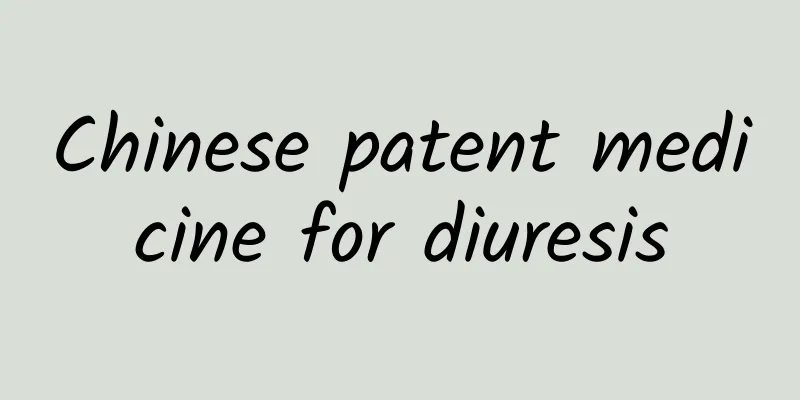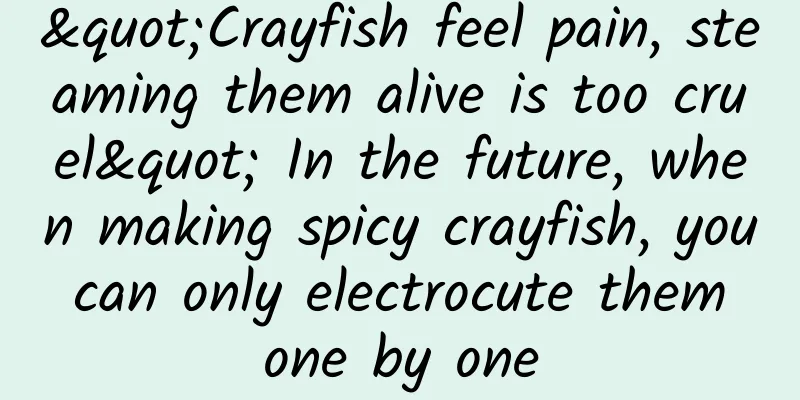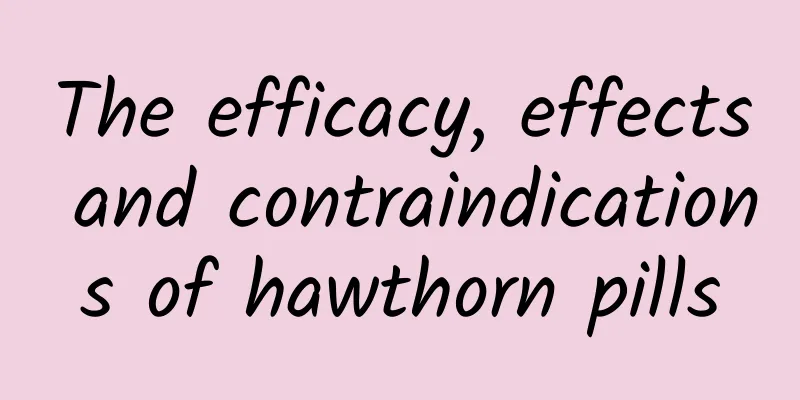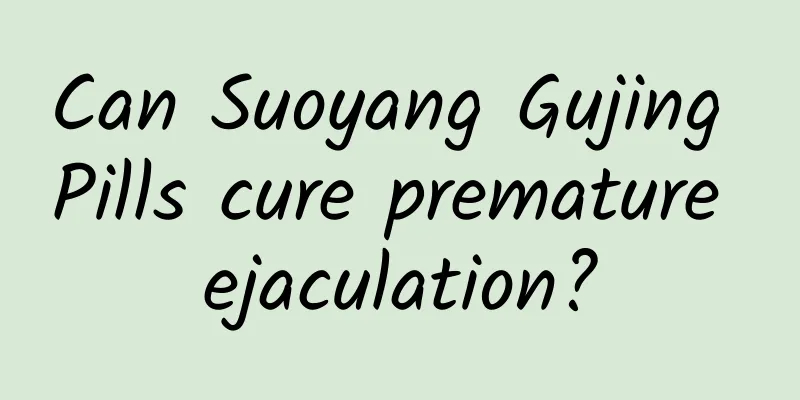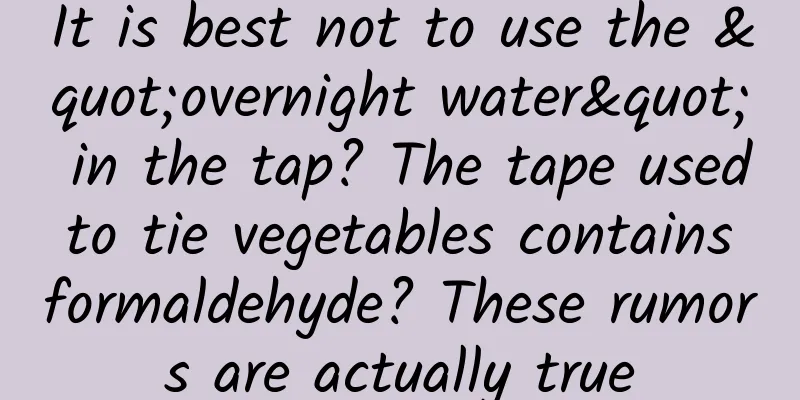Licorice extract has such uses!
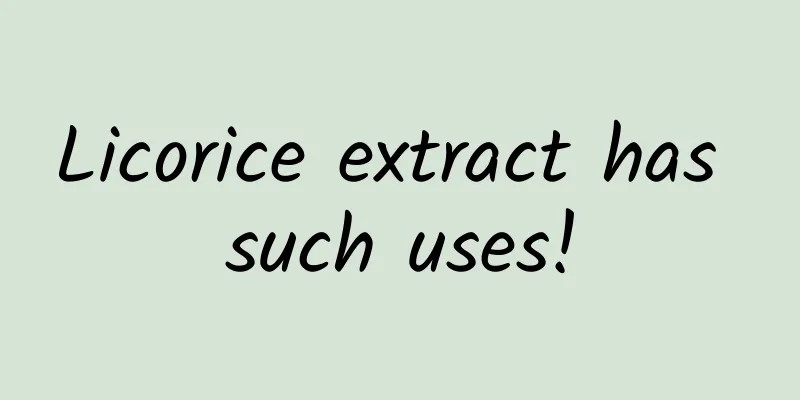
|
Although licorice is a common plant, its medicinal value is very great. It can be used in both Chinese and Western medicine. It is mainly used to treat weak spleen and stomach, palpitations and shortness of breath, cough with phlegm, viral hepatitis, etc. It also has anti-cancer and anti-HIV effects. In addition, it can also be used as a food additive in various cooking methods. 1. Licorice Extract Efficacy and Uses Licorice is a plant with great medicinal value and is used in both Chinese and Western medicine. Western medicine has used licorice as an expectorant, cough suppressant and sweetener since ancient Greece. In the ancient Chinese pharmacology "Shennong's Herbal Classic", licorice was described as a medicine that strengthens muscles and bones, increases physical strength, and treats trauma. It was listed as a top-grade medicine and called the king of all medicines. Few traditional Chinese medicines do not use licorice. In traditional Chinese medicine, licorice belongs to the heart, lung, spleen, and stomach meridians; it has the effects of tonifying the spleen and replenishing qi, clearing away heat and detoxifying, removing phlegm and relieving cough, relieving acute pain, and harmonizing various medicines. It is used to treat spleen and stomach weakness, fatigue, palpitations and shortness of breath, cough with sputum, cramps and pain in the abdomen and limbs, carbuncles and sores, and to relieve the toxicity and potency of drugs. The dosage is 1.5-9mg. Studies have shown that licorice can inhibit monoamine oxidase, inhibit aldose reductase that causes diabetes, relieve spasms and pain, prevent and treat viral hepatitis, treat senile osteoporosis, and has anti-Leishmania, anti-cancer, and anti-AIDS virus effects. Its effects are reflected in whitening and sun protection. The whitening effect of licorice extract is mainly achieved by inhibiting the activity of tyrosinase and dopachrome tautomerase (TRP-2) and hindering the polymerization of 5,6-dihydroxyindole (DHl), thereby preventing the formation of melanin and achieving the effect of whitening the skin. In licorice extracts, the ingredients with sunscreen properties are generally flavonoid compounds. Due to the conjugated nature of the molecular structure of licorice flavonoids, they show strong absorption of both ultraviolet and visible light. Molecules that absorb high-energy ultraviolet rays transition from the ground state to the excited state, and then from the excited state back to the ground state, releasing harmless low-energy rays. Compared with synthetic sunscreens, licorice extract does not require the addition of antioxidants to the formula when used as a sunscreen, does not irritate the skin, and has strong stable absorption capacity. 2. Application scope of licorice extract Licorice and its extracts can be widely used in medicine. China and Japan regard licorice as an excellent ingredient in traditional Chinese medicine. Licorice extracts are used as stomachic, anti-ulcer, anti-allergic, detoxifying, and anti-inflammatory medicines. In daily chemical products, licorice is used as an ingredient in moisturizers, detergents, perm solutions, toothpastes, etc. for its anti-inflammatory and skin irritation-inhibiting functions. Additionally, it can be used as a natural soothing cleanser for the oral respiratory tract. Licorice and its extract can be used as food additives, which have the effects of giving food sweetness and improving taste. It can be added to foods such as beer, beverages, candy, ice cream, baked snacks, soy protein imitation meat products, sauces and soy sauce. Adding licorice to draft beer for fermentation can make the beer more foamy and have a lasting aroma. Licorice extract can be used as an antioxidant for oily foods. Adding licorice juice to soy sauce can reduce the saltiness of the soy sauce and soften the flavor. The sweetness of licorice is milder than that of sugar, and it can balance the saltiness of salt and highlight the original flavor of food. Using it to replace part of the sugar can prevent browning caused by excessive sugar in food. The application of licorice extract in food can also increase the sweetness, increase the umami taste, reduce the sour taste and raw fishy smell, etc. In the UK, licorice extract is mixed with sugar, honey, wheat, etc. to make "Ponty Fructose Cake", which sells very well. Licorice and its extracts can also be used in salt foods such as chewing gum, chocolate, pickled products, and seafood delicacies. |
<<: You must know the powerful effects of hemp seed!
>>: What are the effects of Angelica Extract?
Recommend
A powerful assistant for surgery, coming from the International Space Station?
Aerospace technology is inseparable from medical ...
What is the magic of G219, China's most beautiful self-driving highway?
The Tibet section of National Highway 219 is a un...
Giant ships also have Iron Man's "armor"? The "secret weapon" in shipbuilding
Did you know that behind those giant ships that t...
What are the medicinal values of mustard?
In people's minds, mustard has always been a ...
The efficacy of Chinese medicine Qing Banxia
Qing Banxia is a common medicine in traditional C...
The efficacy and function of Senecio serrata
As the pressure of modern life increases, more an...
The efficacy and function of Hengjing mat
Diseases require improvement through medicine. Di...
A new definition of healthy eating? A diet that is good for both you and the planet, but too expensive
How can we eat to keep ourselves healthy while pr...
What are the effects of soaking wolfberry and American ginseng in water?
Many foods in our lives have some magical effects...
The efficacy and function of water fold ear
Water hyacinth is usually used as a medicinal mat...
What kind of wine is good for your health before going to bed?
In the eyes of ancient poets, the most beautiful ...
Be careful when eating seafood! There is no cure, you may also be poisoned by this seafood
Expert in this article: Li Lin, PhD in Food Scien...
What are the effects and contraindications of lotus leaves?
Lotus leaf tea is very popular in southern my cou...
How difficult is it to "go on a business trip" in space? These cool gadgets make it easier for astronauts to leave the spacecraft
In order to assist astronauts in extravehicular a...
The Boeing accident was unusual. Where was the fatal bug?
1. Starting from the EgyptAir crash Xiaobai: The ...




